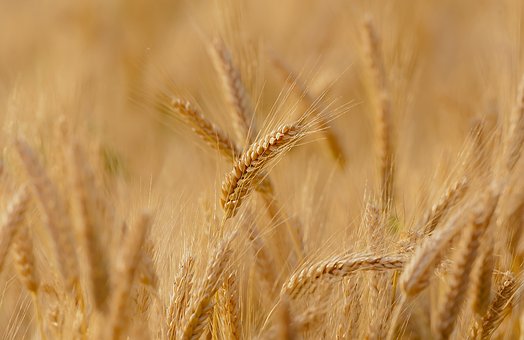
(NewsDakota.com/NorthDakotaAgConnection.com) – Some 25 states in the nation had wheat growers that participated in the National Wheat Yield Contest (NWYC), hosted by the National Wheat Foundation, last year. Now in its eighth year, the contest receives about 350 entries every year.
Wheat growers enter the contest because they have a lot of pride in their farm and in their wheat production – and they like to challenge themselves.
“The contest is fun for growers, and it’s also challenging for growers to say, ‘What can I do with this new variety? What can I do with this new practice that I’m going to start doing? I’m going to put this fertilizer on in a different way, or I’m going to do another fungicide application.’ They want to see that they are challenging themselves,” said Anne Osborne, project manager of the NWYC at the National Wheat Foundation (NFW), who has lived and worked in agriculture in North Dakota since 1991.
“We have wheat growers who repeat the contest every year, but we also get new entrants every year,” she added.
Entry deadlines
The deadline for wheat growers to enter into the winter wheat category is May 15, while the deadline for spring wheat entries is Aug. 1.
“There’s not a lot of winter wheat in North Dakota, but we had some winners from the state last year in that category,” Osborne said.
With spring wheat, the contest usually has winners from North Dakota.
“We do very well in the contest in North Dakota. But of course, we’re one of the biggest wheat-producing states,” she said.
In addition to the winter wheat and spring wheat categories, there are two sub-categories, dryland wheat and irrigated wheat. All entered wheat must have a test weight of 57-58 pounds.
Under dryland, they award not just straight yield, but yield and the county percent over county yield.
In North Dakota and other states, there are regions where production is not as high as in other areas due to the climate or the soil. The NWF wanted to make sure that wheat growers living in less productive areas still had an equal chance of winning and they addressed this issue to make the contest operate on an even playing field.
For example, if the county average for dryland wheat is 34 bushels per acre and a wheat grower’s final yield is 94.96 bushels per acre on dryland, that total would be a 172.56 percent increase over the county average.
“In 2018, we added the county percentage to give more opportunities for people growing wheat on dryland. If you’re not in a super-productive county or fields, it would be hard to win based on yield. But with percent over county, then we spread it out and see,” she said. “It’s a nice way to recognize the productivity that each different area is doing.”
When the winners are chosen, the judges first pick the “Bin Busters,” which is the top out of each category. There are four Bin Busters. Then the judges put them aside and figure out state winners.
“For every state, we recognize one, first to third, and then all those first state winners are going to compete against each other, so we aren’t going to end up with 24 winners in the same state,” Osborne said.
